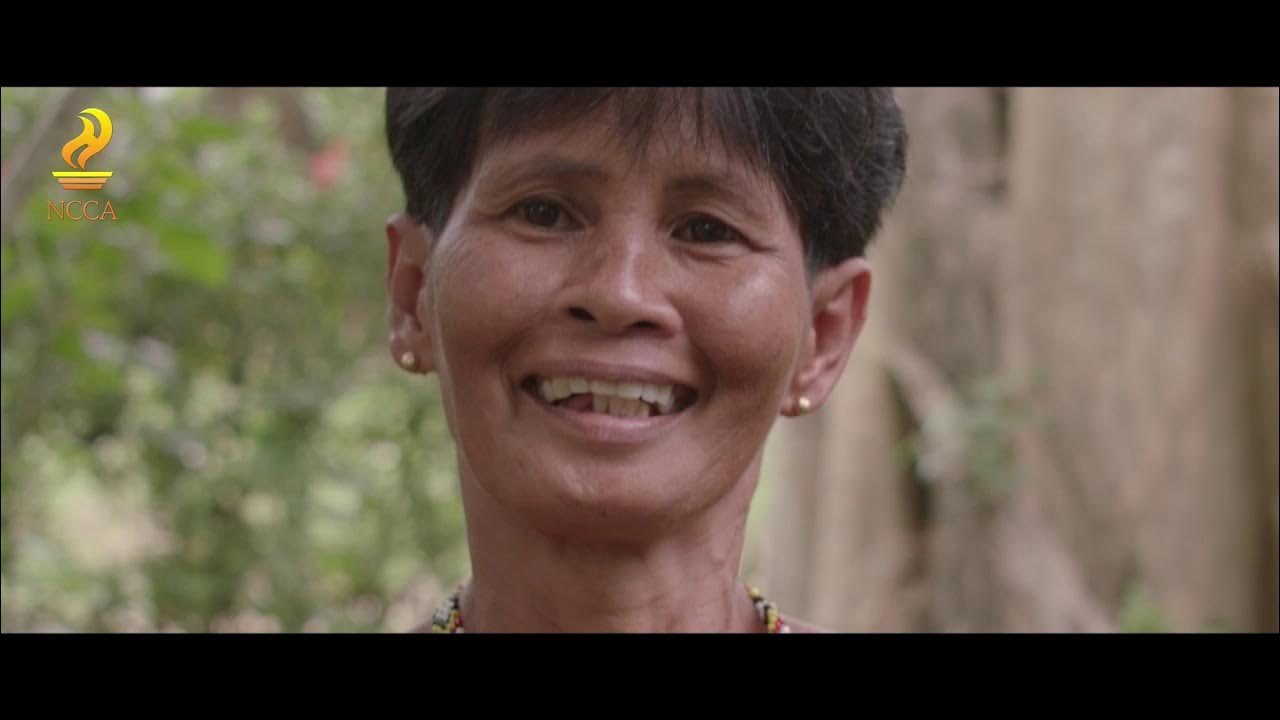The Gift of Being Different
Summary
TLDRThe video script explores the significance of water and cultural practices in indigenous communities, focusing on the importance of patience and gentleness in raising children, especially those with autism. It discusses the challenges faced by First Nations families in accessing autism diagnosis and services, the stigma associated with it, and the spiritual perspective that views autism as a gift. The speaker, a father and researcher, shares his personal journey and efforts to support his autistic son and improve services for indigenous children with special needs.
Takeaways
- 💧 The speaker appreciates water for its sensory qualities and its continuous movement.
- 👶 The importance of cultural connection is emphasized for improving well-being, especially in children like Anders with long hair.
- 🪢 The practice of braiding hair is tied to patience and gentleness, qualities that are important for males to develop.
- 🌅 The morning routine of braiding hair serves as a quiet time for bonding and communication with the child.
- 🌐 The spiritual belief that children choose their parents and that they are spiritually gifted, especially in the context of autism.
- 😔 The personal struggle with the diagnosis of autism and the cultural perspective that could alleviate the stigma.
- 🌟 The goal of using cultural knowledge to address the stigma associated with autism diagnoses.
- 🌈 Autism is described as a spectrum with varying degrees of social communication issues and unique behaviors.
- 👨⚕️ The physician's role is to support families in helping children with autism become the best version of themselves without being restricted by labels.
- 🏠 The challenges faced by families living on reserves in accessing early intervention services and the importance of diagnosis for accessing these services.
- 📊 The need for better data collection on special needs children within indigenous communities to inform program creation and resource allocation.
- 🎉 The revival and importance of traditional ceremonies like the tea dance, and the efforts to make them inclusive spaces for all, including those with autism.
Q & A
What is the significance of water in the context of the script?
-In the script, water is described as a source of pleasure and fascination, with its ability to cover the body, its appearance, and its constant movement being highlighted. It seems to symbolize life, change, and the interconnectedness of all things.
Why is the father in the script interested in having his son, Anders, grow long hair?
-The father believes that growing long hair and maintaining it, such as through braiding, can help teach patience and gentleness, qualities he feels are important for males to develop. It also connects Anders more deeply to their cultural heritage.
What is the cultural perspective mentioned in the script regarding children and their parents?
-The script suggests a spiritual belief that children choose their parents and that a part of their spirit remains in the spiritual world, making them more connected to it. This perspective is used to address the stigma associated with certain diagnoses like autism.
How does the father in the script use the time spent braiding his son's hair?
-The father uses the time spent braiding his son's hair as an opportunity for quiet reflection and communication. He asks his son questions about his day, his feelings, and his interests, facilitating a deeper understanding of his son's thoughts and emotions.
What is the father's reaction to his son's autism diagnosis?
-Initially, the father felt sad and his heart sank upon hearing the diagnosis. However, reflecting on it and considering the cultural perspective that views autism as a spiritual gift, he believes his reaction would have been different had he known this perspective earlier.
What challenges do families face in getting a diagnosis for autism in the script's context?
-Families face challenges such as stigma associated with the diagnosis, reluctance to deal with judgment from non-indigenous health care providers, and the belief that the diagnosis might be their fault. These factors can act as barriers to getting a diagnosis.
What is the father's approach to his son's autism in terms of expectations and labels?
-The father does not want to use the label of autism to restrict his son's potential. He sees his role as supporting his son and helping him become the best version of himself, rather than focusing on the diagnosis.
What is the significance of the older sibling's experience with autism in the script?
-The older sibling's experience with autism, which was diagnosed later due to his ability to hide it, serves as a cautionary tale for the father. It highlights the importance of early detection and intervention, leading the father to be proactive about his younger son's potential diagnosis.
What are the challenges faced by families living on reserve in accessing services for autism?
-Families living on reserve face jurisdictional disputes between federal and provincial authorities, which can delay or complicate access to services. Additionally, there is a lack of data collection on the number of children with special needs on the reserve, which hinders the allocation of appropriate resources.
What is the father's current research focus in relation to autism?
-The father is conducting PhD research on autism in First Nations communities. His research aims to address the lack of research in this area, especially concerning indigenous populations in Canada.
Outlines

此内容仅限付费用户访问。 请升级后访问。
立即升级Mindmap

此内容仅限付费用户访问。 请升级后访问。
立即升级Keywords

此内容仅限付费用户访问。 请升级后访问。
立即升级Highlights

此内容仅限付费用户访问。 请升级后访问。
立即升级Transcripts

此内容仅限付费用户访问。 请升级后访问。
立即升级5.0 / 5 (0 votes)






